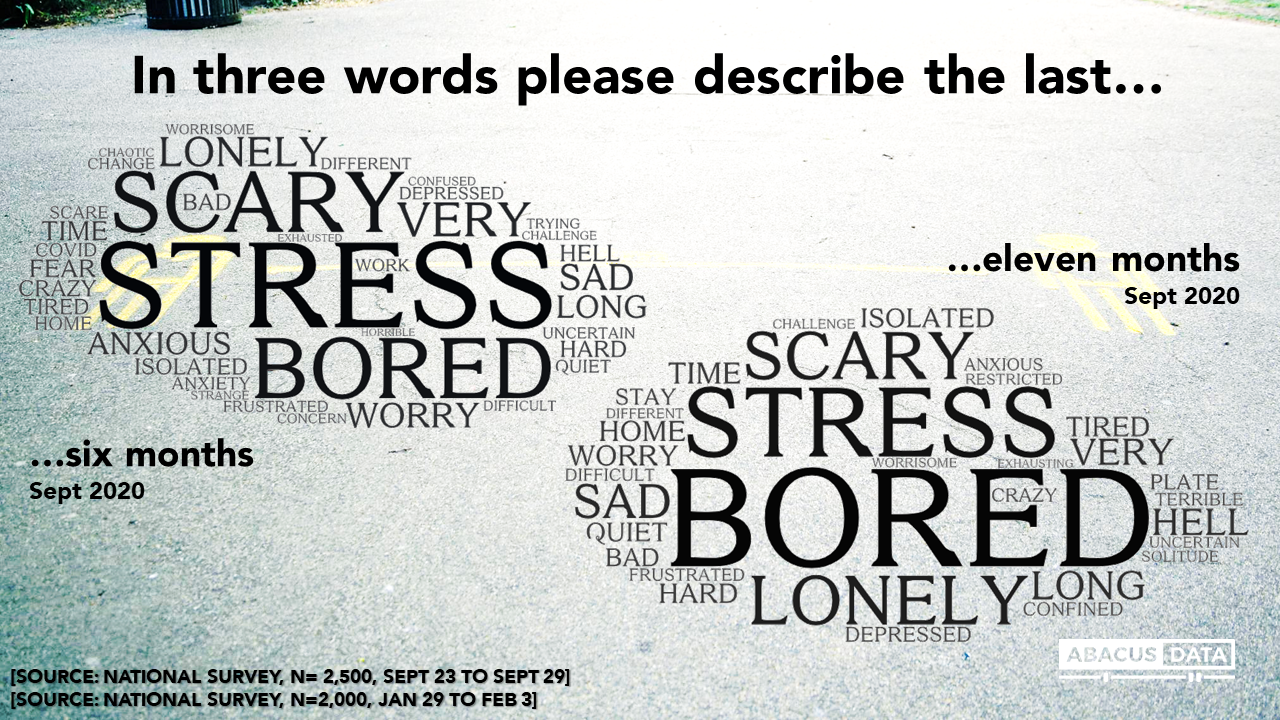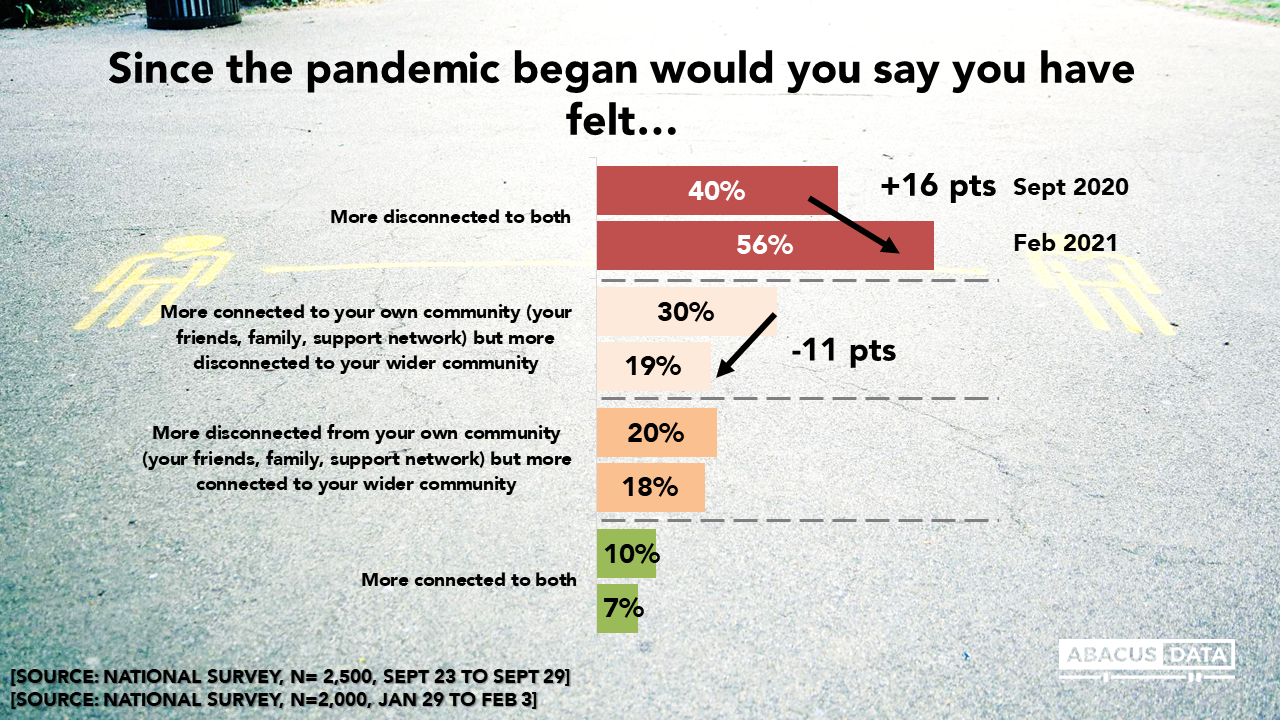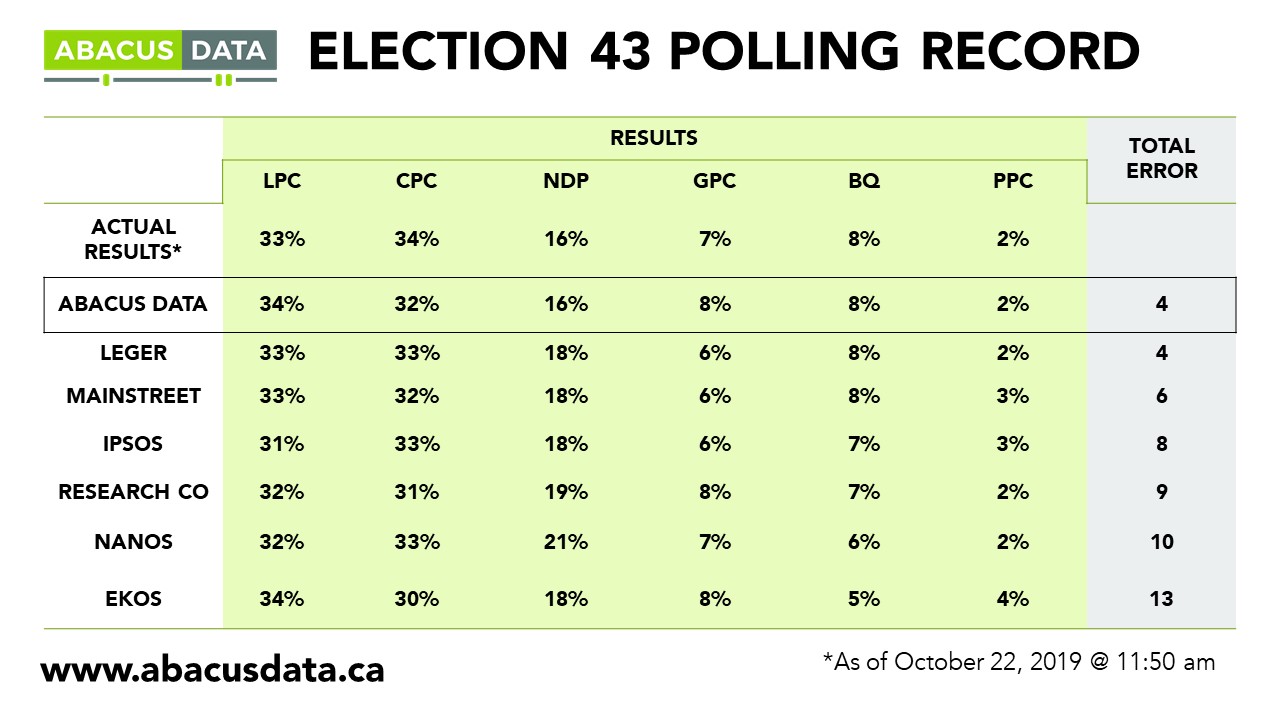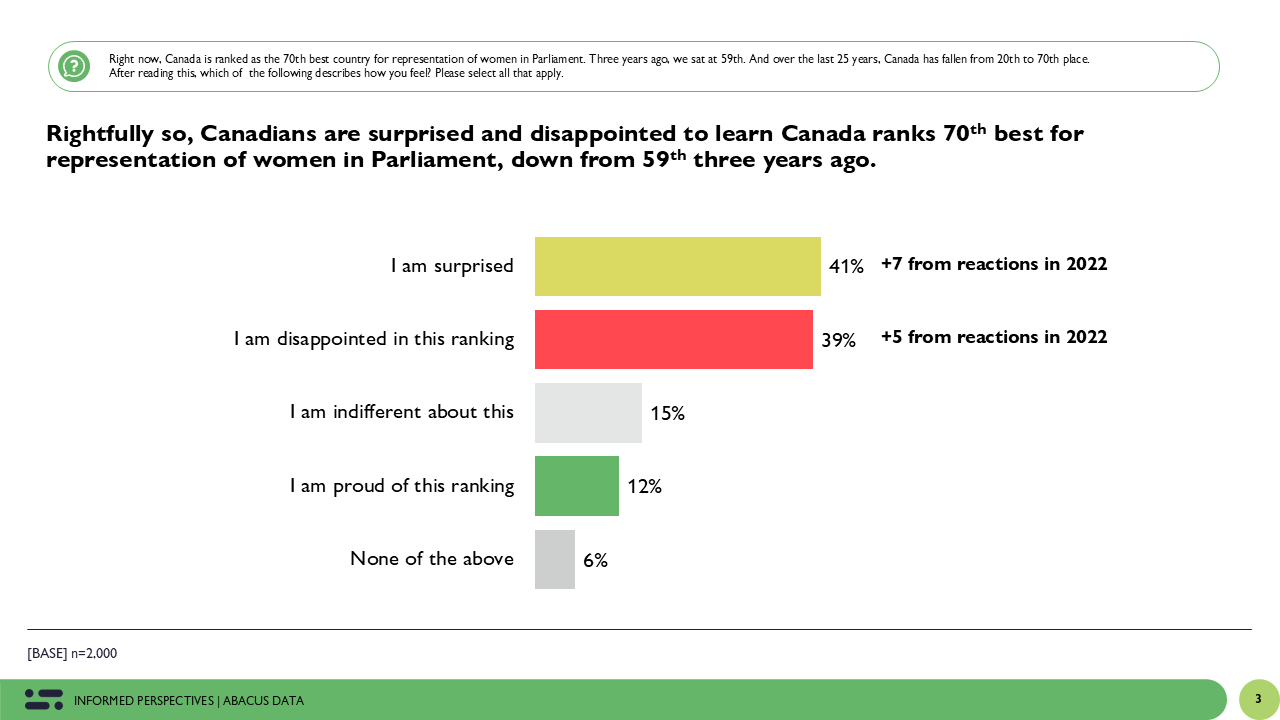Everything & nothing has changed. The pandemic one year later
March 18, 2021
While reflecting on the pandemic anniversary this week I came across a Twitter account from the UK which recently started posting news articles everyday from exactly one year prior. Some of the headlines seemed old, like the ones abter lockdown measures, were eerily similar to articles I’ve seen published just a few weeks ago.
After a year of living in the pandemic I think most of us could say our own experience has followed a similar pattern. The pandemic has changed all of our lives so drastically, but at the same time we feel stuck living in a Groundhog Day situation.
Most Canadians feel the same way. The top words used to describe the time since the pandemic began remained relatively unchanged between September 2020 and February 2021. ‘Stress’ and ‘bored’ are jostling for the top position, something that seems unique to a year long pandemic.

At Abacus Data we’ve been tracking many things related to the pandemic, like level of concern with the virus and job market uncertainty, but trendlines aside I wanted to take a deeper dive into some storylines I’ve been seeing and some hypotheses I’ve had and see what our data has to say. In this post, I’ve included some newly released data on some questions I’ve been tracking on what the pandemic means long-term and some of the changes it could bring.
The findings below are from two general population surveys, one fielded in September six months after the pandemic began, and the other in late January, 11 months since the start.
1.Community and how we build social connections has undoubtedly been one area of our lives where we’ve felt big impacts from the pandemic.
Back when the pandemic began there was a lot of talk about coming together as a community and supporting each other. It seems as though six months into the pandemic, very few Canadians were feeling that sentiment, and a year in the disconnection is even stronger. There was a 16-point jump between September and February 2020 among those who say they feel disconnected from both their own network and their wider community.

A year into the pandemic it seems our sentiment of disconnection is on an upwards trajectory. Back in September, there were some variations based on income, age, gender, whether you’re a parent or not, and your living situation. But any notable differences based on these demographics are relatively non-existent now. We are all feeling distant from those around us.
Whether this is due to pandemic fatigue, the lockdown measures preventing us from physically seeing with many people or just feeling like the pandemic experience has left us further apart than before, there are consequences. In the long-term it has the ability to impact our mental health, but in the short-term as we weather the tail end of the pandemic, messages used by public health telling us band together for our communities may no longer be as salient.
2. The pandemic has shocked our mental health- and has the ability to change our conversations about the topic.
The pandemic fundamentally changed the conversations we have about mental health. While there is no doubt still stigma about having mental health discussions, I’ve seen a lot more open conversation about the importance of reaching out, in the context of the pandemic creating life-altering consequences for our lives and increasing the loneliness that many of us feel.
This increase in conversations about how to seek out help for mental health struggles may be having an impact on some of the most severe statistics. British Columbia, Alberta and Saskatchewan all recently released preliminary data suggesting that death by suicides decreased in 2020 compared to previous years.
But there are plenty of other indicators that suggest there is still cause for concern and an opportunity to continue the conversation about healthy mental health. We may be avoiding the most serious consequences of poor mental health, but there are more Canadians than ever before that are seeking this kind of help.
One in two Canadians say their mental health is worse off since the start of the pandemic. And among those who say worse off, 37% expect long-term impacts to their mental health.

Feeling worse off is much more common among women than men, and among younger Canadians compared to older Canadians.
Data from services that provide mental health support say the same. Kids Help Phone has received double their usual call volume in 2020, compared to 2019. And the most recent Ontario Student Drug Use and Health Survey from the Canadian Association of Mental Health (CAMH) has identified the highest level of suicidal ideation in youth since the study’s inception since 2001.
The pandemic has opened the doors for more conversation on mental health because mental health struggles are more frequent. But at the same time mental health struggles are more frequent, so we need to keep those doors open and more seriously focus on solutions.
3. There hasn’t been one universal pandemic experience- this highlights differences in our community and create opportunities to unite but also divide.
Finally, we know that everyone has experienced the pandemic differently, but a majority of Canadians say that inequality existed long before the pandemic- and the pandemic was just a driving force for exposing it.

Our data also reflects some of the most commonly discussed inequalities in the news- many were present before, but the pandemic challenged our ability to overcome them and in some cases, set us back.
On the she-cession, women are much more likely to say the pandemic has had a negative impact on their career (31% compared to 24% among men). Among younger Canadians (those 18 to 29) the divide is much, much worse. 46% of young women say their career path will be worse off, compared to just 24% of men the same age.
Young Canadians are another group that’s been hit particularly hard, having seen soaring unemployment numbers at the start of the pandemic, and the numbers still slow to recover. Affordability has been a growing concern for younger generations, but the decline of jobs and rise in house prices this past year has pushed this to the limits. Among this group, 56% have used at least one of the following financial supports since the start of the pandemic: mortgage payment deferral, additional student loan, pay day loan, line of credit, refinancing assets or relying more on credit cards. This is 20 points higher than those 30 and older.
It seems as though those who were more likely to experience challenges prior to the pandemic are more likely to experience challenges because of it. A majority of Canadians agree the inequalities from the pandemic are linked to inequalities prior, but it presents two possible scenarios. One where governments can use the pandemic as an impetus to bring support and change to groups that needed it long before the pandemic, or the second where a divide grows between those who’ve been facing these inequalities for some time and those who have not.
THE UPSHOT
According to Oksana Kishchuk: Everything and nothing has changed in the past year. We’ve been pulled from our usual social connections, brought together through Zoom chats, but then grown distant again when after a while a video call just isn’t enough. We’ve been having more conversations about mental health, yet more of us are dealing with it’s struggles and still a lack of resources to address them. We’ve faced economic catastrophe all around with many industries impacted, yet those who faced struggles before are still the ones bearing the brunt of the consequences.
The pandemic has presented us with an opportunity to address challenges we’ve been facing for a while, but now they are bigger than they were before. There is opportunity to use this as a moment to reset, or the chance that the pandemic will just incite a greater divide. We will be watching and tracking closely to see how it falls.
And don’t miss any of our research and analysis, plus get our weekly Worth A Look newsletter. Sign up today.
METHODOLOGY
Our survey was conducted online with 2,500 Canadians aged 18 and over from September 23rd to September 29th, 2020, and 2,000 Canadians aged 18 and over from January 29th to February 3rd , 2021.
In both surveys a random sample of panellists was invited to complete the survey from a set of partner panels based on the Lucid exchange platform. These partners are double opt-in survey panels, blended to manage out potential skews in the data from a single source.
For the September 2020 survey the margin of error for a comparable probability-based random sample of the same size is +/- 1.9%, 19 times out of 20.
For the February 2021 survey the margin of error for a comparable probability-based random sample of the same size is +/- 2.1%, 19 times out of 20.
The data were weighted according to census data to ensure that the sample matched Canada’s population according to age, gender, educational attainment, and region.
Totals may not add up to 100 due to rounding.
This poll was conducted and paid for by Abacus Data.
ABOUT ABACUS DATA
We are the only research and strategy firm that helps organizations respond to the disruptive risks and opportunities in a world where demographics and technology are changing more quickly than ever.
Find out more about what we are doing to help clients respond to the COVID-19 pandemic.
We are an innovative, fast-growing public opinion and marketing research consultancy. We use the latest technology, sound science, and deep experience to generate top-flight research-based advice to our clients. We offer global research capacity with a strong focus on customer service, attention to detail and exceptional value.
We were one of the most accurate pollsters conducting research during the 2019 Canadian Election.

Contact us with any questions.
Find out more about how we can help your organization by downloading our corporate profile and service offering.



